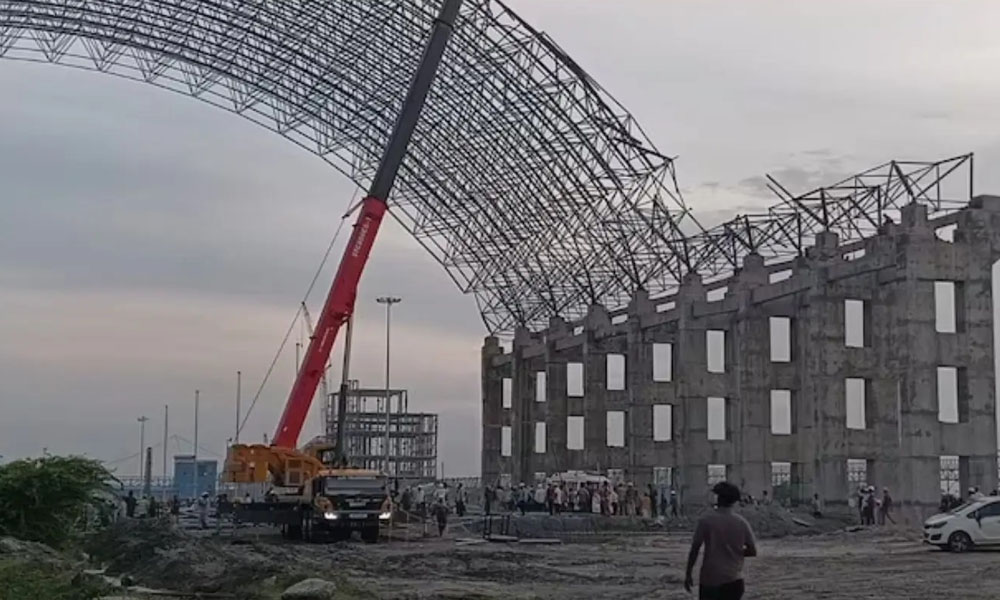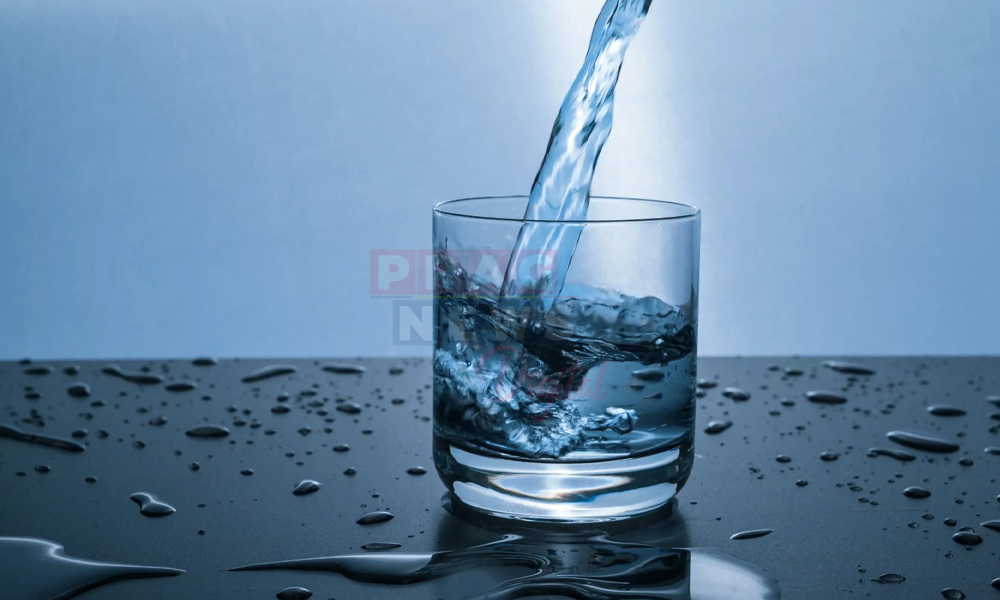Because they are lightweight and very compact, nuclear fission systems are perfect for the lunar environment. They can also produce power consistently regardless of location, amount of sunlight, and other environmental factors.
Digital
Desk: To develop a workable space nuclear technology, NASA and the US
Department of Energy (DOE) are collaborating. The agencies have chosen three
design concept suggestions for a nuclear fission surface power system design.
By the end of the decade, NASA predicts that a demonstration of this technology
might be placed on the moon. It is intended to support upcoming Artemis moon
missions, which will bring people back to the moon after a long absence.
Through
the Idaho National Laboratory, the DOE granted contracts totaling about $5
million apiece. The money received as part of the contract will be used to
create the basic design ideas for a 40 kW fission power system that is intended
to operate for at least 10 years in the hostile lunar environment. Lockheed
Martin, Westinghouse, and IX received the contracts. All three will collaborate
with different businesses.
Because
they are lightweight and very compact, nuclear fission systems are perfect for
the lunar environment. They can also produce power consistently regardless of
location, amount of sunlight, and other environmental factors. Long-duration
expeditions to the Moon, Mars, and other planets may be made possible by the
installation of such a power generation system on the Moon.
In order for the United States to generate nuclear power on the Moon, the Fission Surface Power project is a highly doable first step. According to a NASA press release, Idaho National Laboratory Director John Wagner commented, "I am excited to see what each of these teams will accomplish.
A
full flight-certified fission power system may be jointly developed by NASA and
the industry as a result of the Phase 1 grants, which will provide NASA with
crucial information from the sector. NASA will be able to create nuclear propulsion
systems that use reactors to produce power rather than rocket fuel with the use
of these fission surface power technologies. They might also be employed in
expeditions to explore outer space.

















